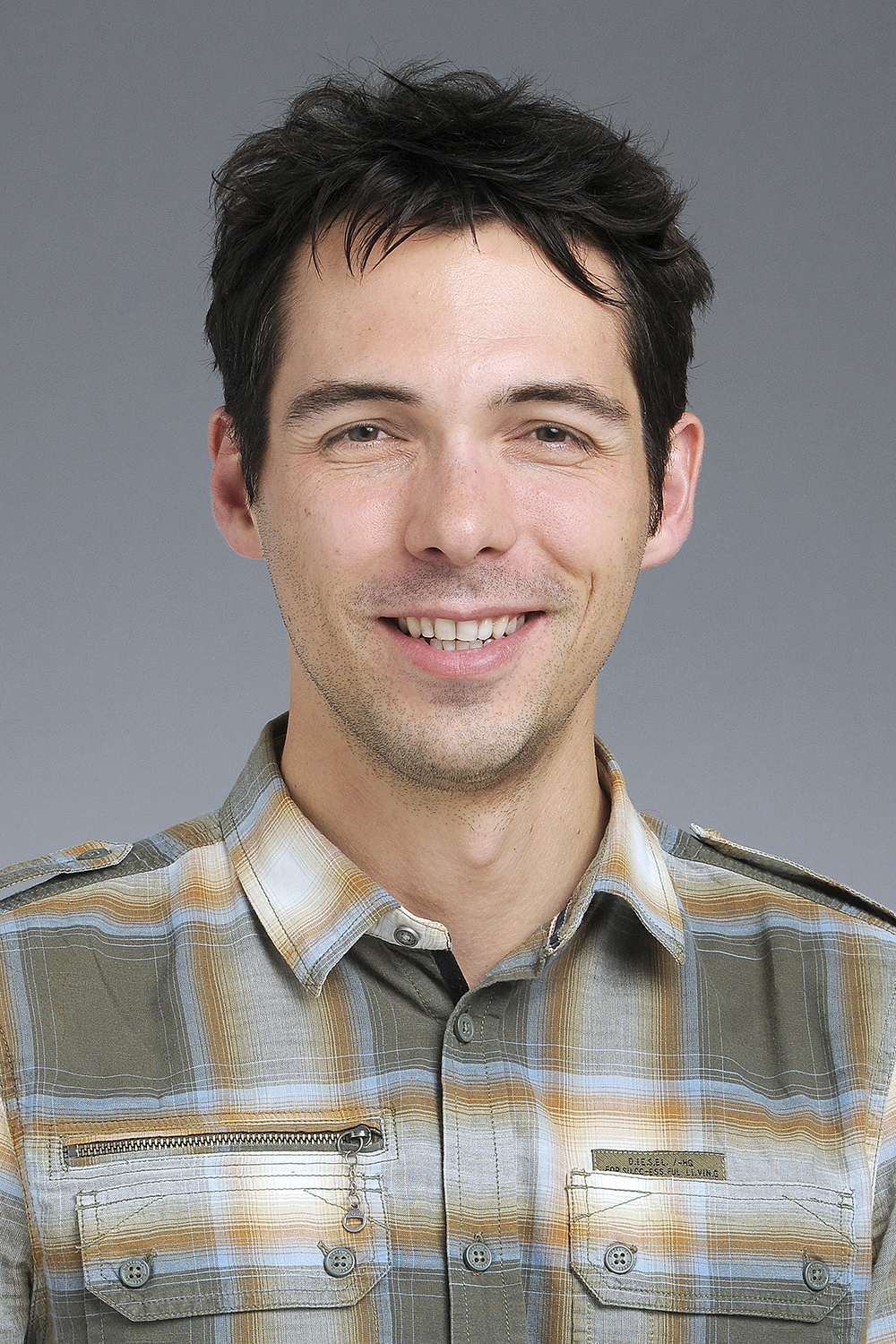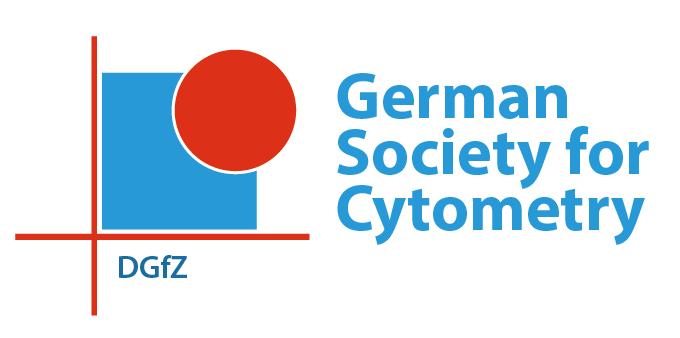Core Facility Session
Wednesday, 11.09.2024, 12:00 pm
Chair: Anne Gompf & Jochen Behrends
Core Facilities are shared resource laboratories that provide scientific and clinical researchers with access to instruments, services and expert consulting. These laboratories are set up with the aim of utilizing financial and intellectual resources more efficiently and generating high-quality data.
As different as the number of users and the orientation of core facilities at universities and companies can be, the demands on personnel in core facilities are just as extensive. The career paths of core facility team members are not predetermined and the output that may develop in addition to the daily core facility business is correspondingly diverse and will be the focus of this session.
Susanne Strahlendorff-Herppich from Precision for Medicine in Berlin tells us how to develop a complex detection method for analyzing the efficacy of drugs.
Florian Mair from ETH Zurich explains how to push the limits of what is possible and exploit the potential of fluorochrome combinations for comprehensive tissue characterization.
Malte Paulsen’s example during his time at EMBL in Heidelberg shows how you can successfully develop complex technology that forms the basis for the development of novel instruments.

Malte Paulsen
Director of Strategy and Operations R&ED Greater Copenhagen – Novo Nordisk, Måløv, Denmark
Enabling great Science everyday – staying innovative and selfcritical
Being a core facility scientist can be a challenge towards staying innovative and avoiding to catch dust. Science around a core facility is moving forward and very often at a much different pace than the technology we are providing to our institutions. Throughout my career, I’m trying to drive innovation within my technology and also within myself. Coming from a basic science degree, I had a very interesting and challenging career path that I will present to highlight ups and downs I experienced – and I will draw some conclusions on why especially core facility personnel have a huge potential in exploring a broad career path if they dare to make some changes.
Biosketch
Malte Paulsen began his career in 2006 with his PhD at the German Cancer Research Center in Molecular Embryology after finishing his studies of Biology at the University of Konstanz. After his PhD, Malte took up a career in Core Facility leadership running several Cores at different Institutions, including IMB, Imperial College, and EMBL. During his time as head of the Flow Cytometry Core Facilities, he became a fixture in the European Flow Training Community and also participated in major technological advances within the field. In 2020, Malte changed his focus from driving a single Core Facility towards institutional leadership acting as Head of Core Facilities and Operations at the Novo Nordisk Foundation Center for Stem Cell Biology and Medicine at the University of Copenhagen. Following through with expanding his more managerial aspects and utilizing his understanding of how science and scientists work, he is now acting as Director of Strategy and Operations for Novo Nordisk’s largest research site in Måløv, Copenhagen.

Florian Mair
Flow Cytometry Core Facility, Institute of Molecular Health Sciences, ETH Zurich, Switzerland
High-dimensional cytometry in the spectral era: new metrics to achieve a 50-color panel
To understand the function of the immune system in human samples it is imperative to capture as much information as possible from often size-limited biopsies.
Here, we report the first 50-color spectral flow cytometry panel to comprehensively study the functional state of the human immune system in PBMCs and tissue samples. The panel contains lineage markers for all major immune cell subsets, and an extensive set of phenotyping markers focused on the activation and differentiation status of the T cell and dendritic cell (DC) compartment. Of note, the panel has also been tested to be suitable for cell sorting, which allows very fine-grained isolation of immune subsets utilizing 50 markers at the same time.
To establish such a complex panel, we developed novel approaches to systematically select fluorochromes. Furthermore, we utilized a new metric termed unmixing spreading error, that evaluates the fluorochrome-specific increase in background that is inherently generated when unmixing highly complex panels. In this presentation we show the systematic workflow we used to create the panel and how it can be used to obtain news insights into human immune cell function.
Biosketch
Florian is currently working as the Scientific Director of the Cytometry Facility and Senior Scientist Immunology at ETH Zurich, Switzerland. After graduating with an MSc in Molecular Biology from the University of Vienna, he received his PhD in Molecular Life Sciences from the University of Zurich in 2014, and spent several years at the Fred Hutchinson Cancer Research Center in Seattle, USA. During the past decade, he has been involved extensively with different cytometry platforms (conventional, spectral and mass cytometry) as well as scRNA-sequencing techniques, including multi-omic methods. His main scientific interests are the function of dendritic cells and T cells in non-lymphoid tissues during health and disease, teaching best practices in cytometry and applying novel single-cell analysis techniques.
Susanne Strahlendorff-Herppich
Precision for Medicine, Cell Biology, Berlin Germany
Optimization of a flow cytometry-based Receptor Occupancy (RO) assay for the pharmacodynamic analysis of a bispecific antibody biotherapeutic
Precision for Medicine (PfM) developed and validated a 10-color Receptor Occupancy (RO) assay to support a sponsor’s clinical trial focusing on a first-in-class bispecific antibody targeting two immune checkpoints.
RO assays aim at quantifying the binding of biotherapeutics to their specific target on the surface of cells. RO is a combination of three basic formats: free receptor measurement, total receptor measurement, or direct assessment of bound receptor. Since the staining is at single cell level, the RO is key to determine the saturation and EC50 concentration of the drug on the target cell population.
In this panel, free receptors are evaluated by using the fluorescent conjugated parental drugs while the total drug bound is detected using an anti-idiotype antibody recognizing the unconjugated drug. The present assay was optimized to accurately quantify receptor occupancy of two differentially and independently expressed immune checkpoints targeted by the bispecific drug on diverse cell populations.
Verified transfer of the RO assay from fresh to cryopreserved mononuclear cell samples allows to test samples in batch, analyzing e.g. several visits of the same patient simultaneously during the course of the clinical study. Moreover, the use of molecules of equivalent soluble fluorochrome (MESF) beads enables the standardized quantitation of the free and total receptors on the cell surfaces.
This study described PfM approaches to support sponsor with novel compounds to achieve clinical trial success and, ultimately, to more quickly bring effective therapies to the market.

